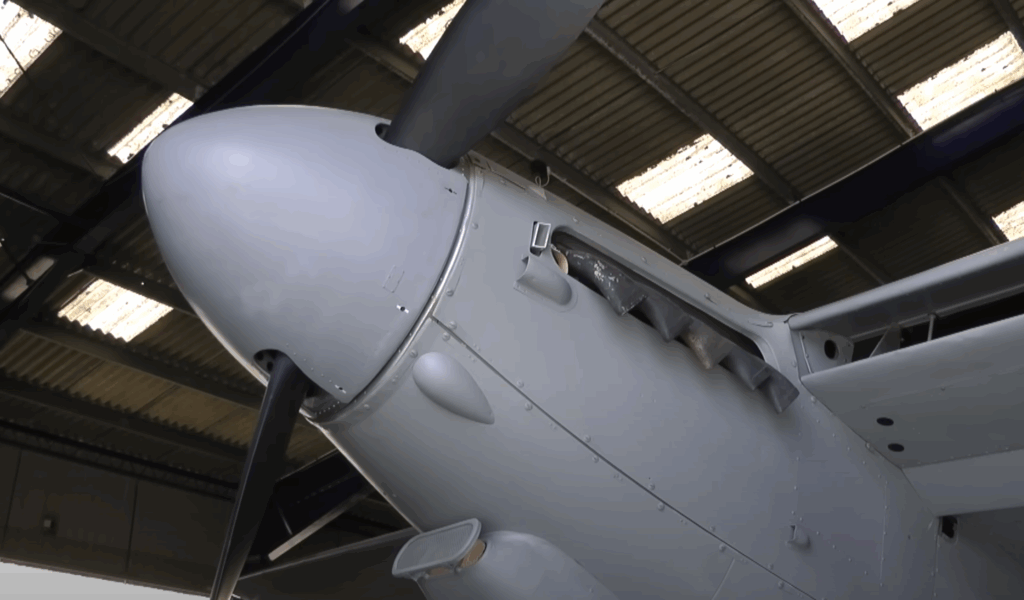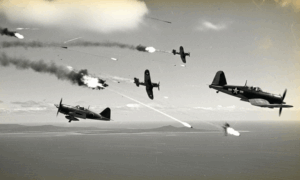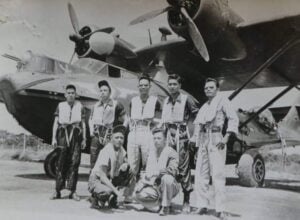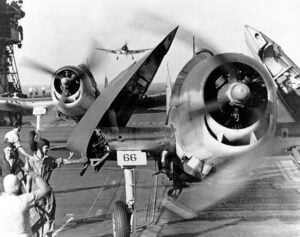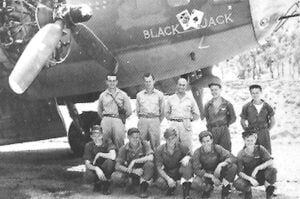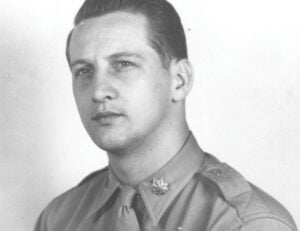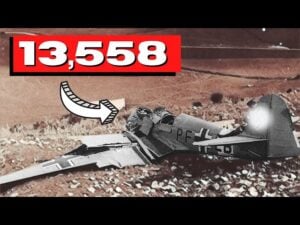WWII Merlin Engine Buried for 50 Years at a Crash Site Comes Back to Life
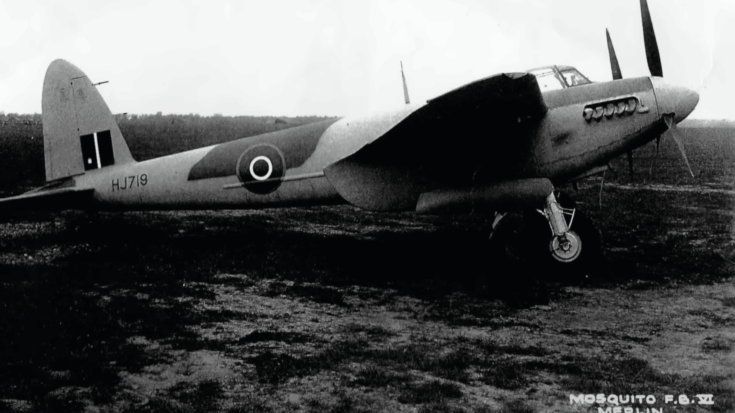
de Havilland Aircraft Museum / YouTube
During World War II, few aircraft captured the imagination like the De Havilland Mosquito. Built almost entirely of wood and powered by two Rolls-Royce Merlin engines, it played key roles in reconnaissance, bombing, and night fighting. One of these engines, lost during the war and buried underground for decades, has now been restored and displayed at the De Havilland Aircraft Museum.
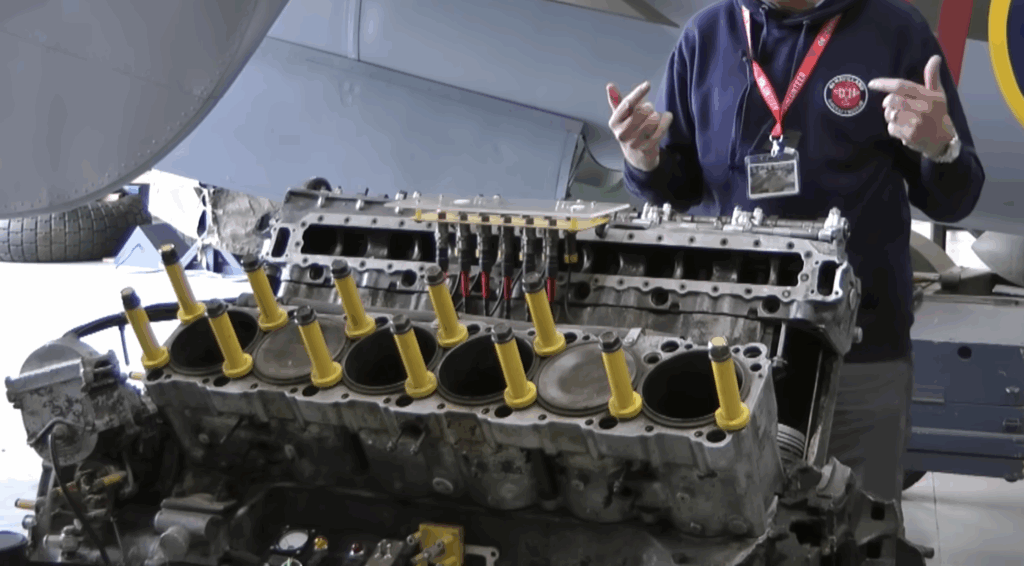
The Aircraft and Its Pilot
The engine on display is a genuine Rolls-Royce Merlin Mark 25. It once powered the starboard side of Mosquito HJ719, a night fighter variant built in Hatfield in 1943. After production, the plane was sent to Boscombe Down for evaluation and later transferred to 418 Squadron of the Royal Canadian Air Force, stationed at Ford Airfield in Sussex.
One of the most well-known pilots of HJ719 was James “Lou” Luma, an American from Colorado. Before the U.S. joined the war, he crossed the border into Canada and joined the Royal Canadian Air Force. He trained on Tiger Moths and was later assigned to 418 Squadron. Along with his navigator Colin Finnlandson, Luma flew nearly 30 missions. He became the only American Mosquito ace, credited with shooting down more than five enemy aircraft.
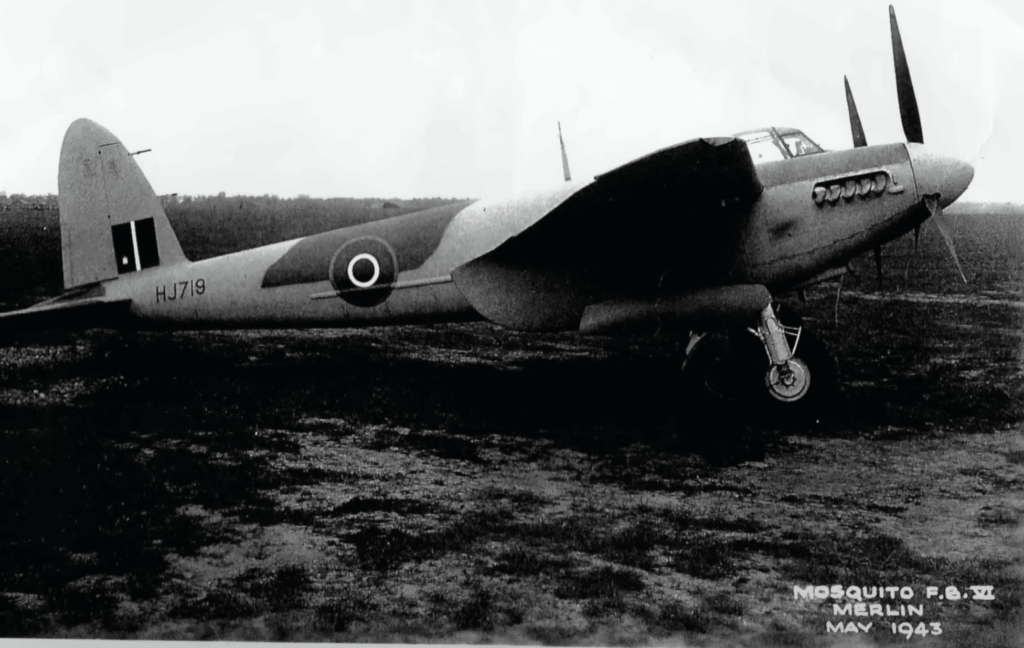
Combat and Damage
One of Luma’s first confirmed kills was a German Me 410 on January 21–22, 1944. The enemy pilot had left his landing lights on, which made him an easy target. Around this time, Mosquito HJ719 was painted with night camouflage and featured unique nose art—“Moonbeam McSwine,” a cartoon character from Li’l Abner. This kind of art was common among Canadian and American crews.
Eventually, the aircraft was passed on to pilot Pat McGale and his navigator. Their missions changed after June 6, 1944—D-Day. With German V1 flying bombs threatening London, 418 Squadron was reassigned to intercept these deadly weapons as part of “Operation Diver.” Flying at about 5,000 feet, the Mosquito would dive behind the V1s—flying at 3,000 feet—then open fire. One such mission led to HJ719’s final flight.
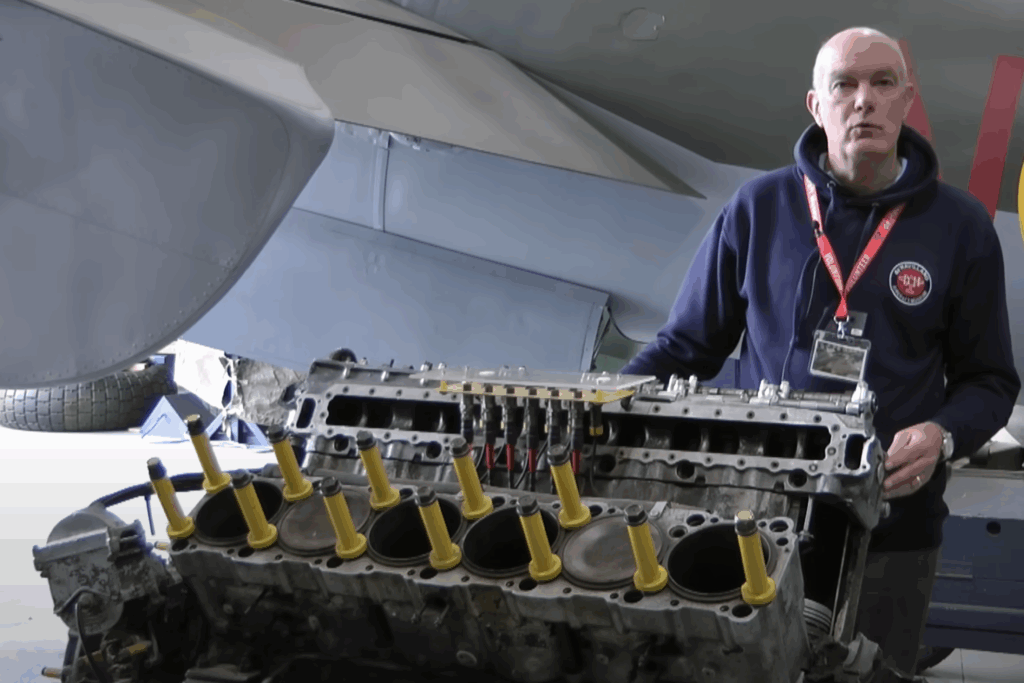
The Crash and Recovery
During one interception, debris from a damaged V1 flying bomb struck the starboard Merlin engine of HJ719. The engine caught fire. Though the Mosquito could fly on one engine, the port engine also failed. With both engines out, McGale and his navigator bailed out at around 800 feet. McGale sprained his ankle, but both survived. HJ719 crashed near Upper Beeding and was lost.
In 1995, wreckage of the aircraft was discovered. The starboard engine, buried about 20 feet deep in mud, was recovered and given to the De Havilland Aircraft Museum. After years of cleaning and restoration, the engine was brought back to life. The crankshaft now turns, the pistons move, and the valve trains function.
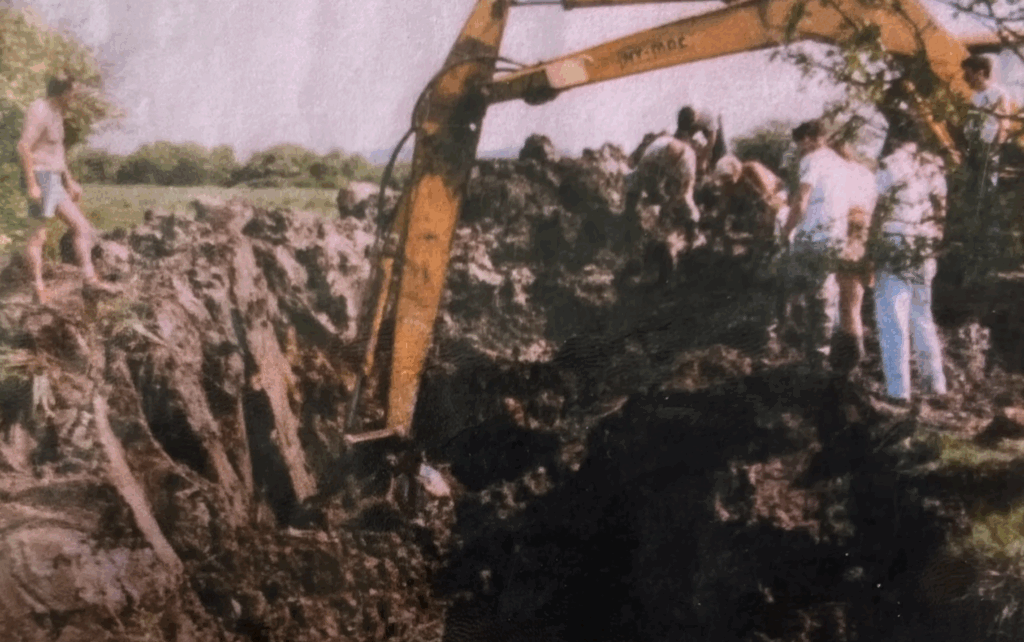
The Engine in Motion
The restored engine can now be seen in motion during demonstrations at the museum. Visitors can observe the starter motor engage and watch parts from a 1943 engine run smoothly after 80 years. The engine includes twin magnetos and detailed engineering that helped make the Mosquito one of the most respected planes of the war.
This Merlin engine, once silent and buried, now turns again—honoring the crew who flew with it and offering a powerful reminder of wartime innovation and the men who relied on it. The museum invites people to visit and witness this working piece of history firsthand.
